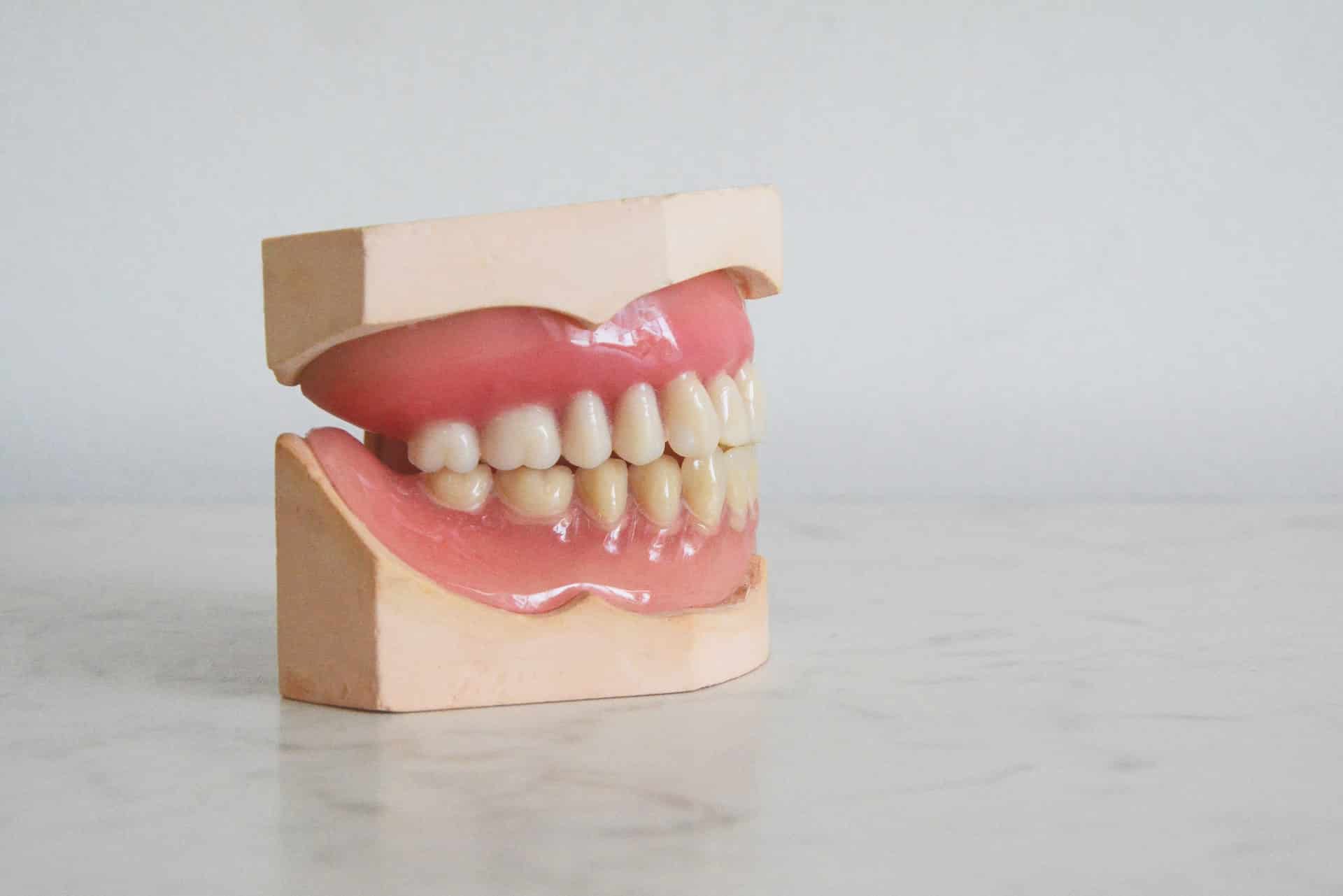Root canals are one of the most frequent dental procedures and can help to save teeth that would otherwise need to be extracted. They are often necessary when the tooth’s nerve or pulp is affected or severely decayed.
In this blog post, we’ll cover the basics of root canal treatments and answer some questions about them, such as what they are, why you might need them, how they’re performed, and what to expect after the procedure.
What Is a Root Canal?
A root canal involves removing the infected or decayed pulp from inside the root of a tooth. The pulp is the soft tissue inside the tooth that incorporates your nerves, blood vessels, and connective tissue. Once the pulp is taken out, the root canal is filled with core filling materials to seal the tooth and prevent further infection.
Why Do I Need a Root Canal?
Here are five reasons you may need root canal therapy:
1. Decay or Damage
Decay or damage to a tooth’s enamel can cause the pulp, the soft tissue inside the tooth, to become exposed or inflamed. This can lead to severe pain, and a root canal may be necessary to remove the damaged tissue and save the tooth from extraction.
2. Infection
An infection in the tooth’s innermost layer, known as the dental pulp, can cause extreme pain and discomfort. If left untreated, the infection can propagate to other mouth areas and cause serious health complications. A root canal can help to prevent this by removing the infected tissue and allowing the area to heal.
3. Trauma
Trauma to the mouth, such as a blow to the face, can cause the dental pulp to become damaged. A root canal may be necessary to clean the damaged tissue and prevent further damage or infection.
4. Cracked Teeth
Teeth can become cracked or fractured over time. These cracks can provide an access point for bacteria to enter the tooth’s innermost layer and cause an infection. A root canal can help to remove the damaged tissue and save the tooth from extraction.
5. Abscess
An abscess is an infection in the tooth’s root that can cause severe pain and discomfort. A root canal is often necessary to remove the infected tissue and prevent the disease from spreading.
How Is a Root Canal Performed?
The root canal therapy begins with the dentist numbing the affected area with a local anesthetic. Once the site is sufficiently numb, the dentist will open the tooth to access the root canal. Then, the dentist will use a series of tools, such as an endodontic file, to remove the damaged or infected pulp from inside the root canal.
The next step is to clean and shape the inside of the root canal. This is done by cleaning the inside with a particular solution and then shaping it with special instruments. This is to ensure that the root canal is adequately cleaned and prepared for the final step of the procedure.
Once the root canal is adequately cleaned and shaped, it must be sealed. To do this, the dentist will occupy the root canal with a particular material called gutta-percha. The gutta-percha is then locked in place with special cement.
Finally, the tooth is sealed with a crown or a filling. This protects the tooth and restores its ability to function normally. The entire procedure usually takes a few hours to complete.
Conclusion
Root canal treatment is a safe and effective way to save a damaged or infected tooth. The procedure is relatively painless and can help restore the function and appearance of the tooth. If you think you may require a root canal, it’s essential to seek treatment from a qualified dentist as soon as possible to prevent further damage or infection.
Pickering Dental Services provides top-notch preventative dental care that ensures your family will have healthy smiles for years. From routine checkups to specialized treatments, we are committed to providing quality services that promote optimal dental health. Contact us today to schedule an appointment for root canal therapy in Ajax.


